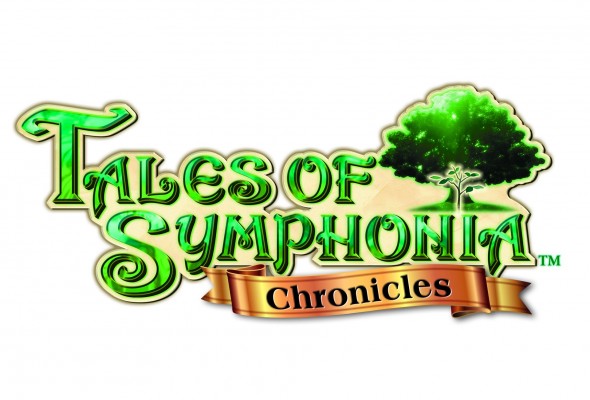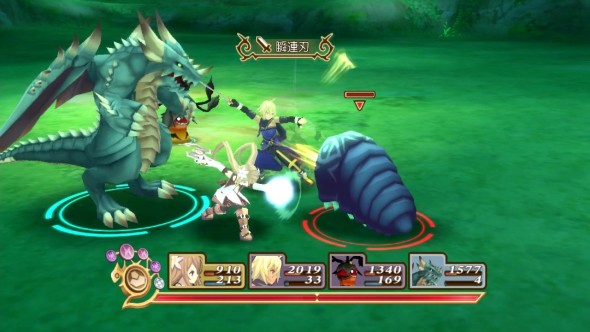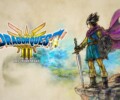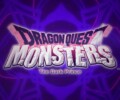
Developer: Bandai Namco Games, tri-Crescendo
Publisher: Bandai Namco Games
Platform: Playstation 3
Tales of Symphonia: Chronicles – Review
Tales of Symphonia: Chronicles allows the player to re-experience one of the most beloved JRPGs known to date. This HD-remaster collection contains both the original Tales of Symhonia and its sequel Tales of Symphonia: Dawn of the New World, with high definition graphics.
Story
In the original Tales of Symphonia, Lloyd Irving and his friend, Genis Sage accompany the ‘chosen’, Colette Brunel and her guardians, Raine Sage and Kratos Aurion on her journey of world regeneration. The purpose of this important journey is to replenish the world named Sylvarant with mana, an energy source that is the source of all life. The journey consists of five temples wich must be unsealed by the ‘chosen’. On their journey, they meet with Sheena Fujibayashi who comes from a parallel world named Tethe’alla, that co-exists alongside Sylvarant. She tells the party about how the two parallel worlds vie for each other’s mana through the journey of regeneration.
After the merging of both worlds, tensions have quickly escalated between the citizens of both worlds. The people of Tethe’alla find themselves to be superior to the people of Sylvarant, due to their underdevelopment of technology. In order to escape the torment, a large group of Sylvarant people have established a force known as the Vanguard.
The sequel Tales of Symphonia: Dawn of the New World, begins when the Church of the Martel goes to war with the Vanguard, and Sylvarant’s city of Palmacosta gets caught in the crossfire. Many innocent lives are lost and the city is consumed in flames. This event comes to be known as the “Blood Purge”, a massacre led by the same Lloyd Irving who helped unite the worlds two years ago. Emil Castagnier, a Palmacostan boy, is forced to watch as his parents are killed by Lloyd. At the same time, a girl named Marta Lualdi is fleeing the Vanguard with Ratatosk’s Core, an orb which contains the essence of a sleeping spirit. Cornered by Vanguard soldiers, she appeals to Ratatosk for help, and awakens to see Emil standing over the foes’ bodies. Seeking to uncover the mystery of why their world has fallen into ruin, Emil and Marta go on a journey where their paths will cross with the original cast of Tales of Symphonia and the summon spirit Ratatosk who claims to be the lord of all monsters.

Graphics
The graphics in both games are pretty much the same as their original, only enhanced to high definition. . The art styles are typical for the Tales games, namely anime styled games. This typical style suits both games just perfectly.
Sound
Tales of Symphonia has great music to offer to really capture the feeling of a JRPG. Every track will be stuck in your head and you will surely remember the soundtrack after finishing the game.
As a new feature in the HD-remaster, you can now choose between either the English voice-overs or the Japanese voice-overs. Since this has never been done before in a Tales game, it’s a function that’s definitively welcome.
Gameplay
For those who have played previous installments in the Tales series, you will notice that the gameplay in Symphonia is similar. While playing through the storyline, you will often encounter bosses or enemies. Normal enemies are encountered by coming into contact with them, while boss fights are predetermined. Battles are fought in a small area where you can move from left to right. If you are used to turn-based combat, then any Tales game will be new to you, as they are always fought in real-time in a more hack and slash style game.
You get to choose between any of the characters that are available in the game, each having their own combinations and artes. Artes are the equivalent of magic in other role-playing games. It’s also possible to play with your friends, as most of the battles are fought in a party of four. Thus up to four players are able to fight together.
Aside of the normal artes, there are ‘Unison’ attacks available. By pressing the R3 button, you trigger a time-out in battles the party can use one of their artes on a single enemy by pressing the according button. By using a combination of certain artes, new special attacks are triggered. These special attacks do a lot more damage than normal artes. One particular character, Sheena, is able to summon spirits during a ‘Unison’ attack, calling the help of certain spirits that you have bonded with through your journey.
One small difference that is noticeable compared with the newer Tales games, is that during battle, no free movement (aside from left and right) around the area is possible.
A small annoyance while walking across the world map, is that the camera often focuses on you character without your consent. This means that it’s sometimes impossible to know when a enemy is going to attack you.
In the sequel, Dawn of the New World, most of the mechanics from Symphonia are present. The big difference is the fact that you are now able to capture and train you own creature. Monsters can be recruited once they have been defeated in battle while the elemental grid has four of the same element, as well as the main element matching them. In order to increase the odds of a successful recruitment, the element of the field should align with the element of the monster, and an altered version of the classic Tales affection system helps to persuade them to join the party. The monsters are controlled in battle by artificial intelligence. The party can only hold four monsters at a time; as such, those not in use can be stored in a pen at the Katz Guild. There are also several side quests available at the Katz Guild.
Conclusion
While sometimes the camera can be annoying, there is nothing that is holding you back from adding Tales of Symphonia: Chronicles to your gaming collection. Two games for the price of one is definitively worth the purchase, as the story is very interesting, the characters very enjoyable and the gameplay incredibly fun.








No Comments